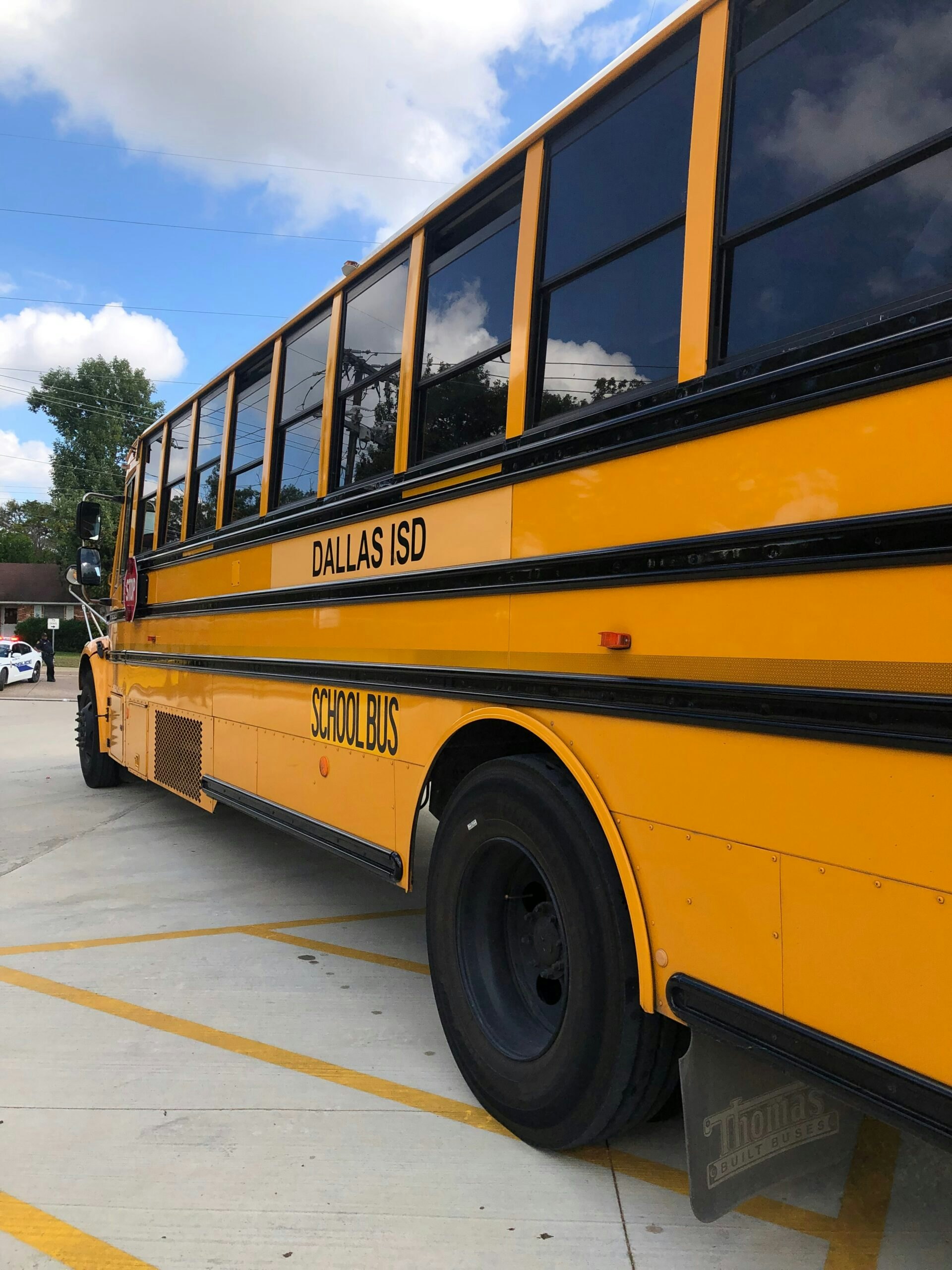We hear plenty of complaints about how trade and immigration might be changing the character of places and hollowing them out, even creating carnage. But Andrew Selee's new book shows how the movement of goods and people across borders is building up cities and towns in both the U.S. and Mexico. As that happens, democratic institutions and civil societies are strengthened. Maybe slowly, but nonetheless strengthened.
Andrew Selee, president of the Migration Policy Institute, has written a book that is counter-intuitive to its core, especially if you only pay attention to the headlines about immigration and trade. Vanishing Frontiers: The Forces Driving Mexico and the United States Together reveals how those forces actually are contributing to the complicated, yet hopeful renewal of community life in the United States as well as in Mexico.
We hear plenty of complaints about how trade and immigration might be changing the character of places and hollowing them out, even creating carnage. But Selee’s reporting shows the movement of goods and people across borders is building up cities and towns in both nations. As that happens, democratic institutions and civil societies are strengthened. Maybe slowly, but nonetheless strengthened.
Hazleton’s slow evolution
Take Hazleton, Pennsylvania. Selee explained Hazleton’s renewal in a Catalyst essay this summer, but he goes deeper into the instructive story in his new book. Here is a community that once prided itself on a mining tradition and European roots. Over time, though, the northeast Pennsylvania town declined as mining dwindled and young people exited.
Slowly, Mexican and Dominican immigrants, who originally settled around New York City, moved in. The transition was not Hazleton’s first. The city previously had experienced waves of immigrants from Ireland, Germany, Italy, and Eastern Europe. But like those other periods, the change didn’t always go smoothly. As Selee details, tension was exacerbated when two Dominican immigrants killed a native son in 2006.
The town’s mayor and City Council responded by passing the nation’s first municipal law banning anyone from renting to or hiring someone without legal papers. The courts struck down the housing ordinance, but the measure drew national headlines. Not long after that, some white teenagers killed a 25-year old Mexican immigrant in a nearby community.
Selee has spent his career researching both sides of the U.S./Mexican border and he is honest in describing the “rocky encounter between longtime residents and newcomers” in Hazleton. As he puts it, the deep scars only now have begun to heal.
Selee has spent his career researching both sides of the U.S./Mexican border and he is honest in describing the ‘rocky encounter between longtime residents and newcomers’ in Hazleton. As he puts it, the deep scars only now have begun to heal.
But the important point is that the town started to rebound. And it did so as businesses operated by immigrants, especially from Mexico, started popping up. Selee reports on El Mariachi’s, a popular Mexican restaurant owned by an immigrant entrepreneur. The establishment attracts both English- and Spanish-speaking customers each day.
Demetrio Juarez, the restaurant’s owner, is not alone in impacting his adopted community. Selee reports how Dominican grocery stores, a Peruvian American newspaper, and small shops with Spanish names are among the businesses that reflect the roots of Hazleton’s latest immigrant entrepreneurs.
The change also came about thanks to leaders like Joe Maddon, the Chicago Cubs World Series-winning manager who hails from Hazleton. He learned about the cultural tension on a Christmas trip home, and soon created the Hazleton Integration Project. As the name indicates, the goal is to build bridges across the demographic divide.
The evolution of this town carries a lesson for those skeptical about whether immigrants can integrate into the American mainstream. Hazleton shows they can, but the process will likely be gradual and not always move in a straight line. Vanishing Forces underscores that cultural differences between longtime Hazleton residents and immigrant newcomers remain. Still, the flow of immigrants into the community, which is now about half Hispanic, is as transformational as the change wrought by European immigrants a century ago. As assimilation takes place, a city is literally renewed and reborn.
Stabilizing Mexican communities
The movement of people and goods across the border is equally bolstering Mexican communities. Selee reports that the remittances Juarez and other immigrants have sent back to their rural hometown in Mexico have helped build a highway to a larger city. The money earned in the U.S. also has led to such improvements as paved streets and a new school and church. And, at a family level, Juarez sent enough money back to help five of his six siblings attend college.
Vanishing Frontiers also spotlights Guadalajara, the capital of the Pacific Coast state of Jalisco. The cultural center gave birth to mariachi music, but Guadalajara has become Silicon Valley-like. The author describes it as “a major center for research and development, programming, design, and other high-skilled occupations, building on the foundation laid years earlier.”
That foundation included manufacturing operations established a few decades before by companies such as Kodak, Motorola, and IBM. Now, Oracle, HP, and Intel have joined them in their search for innovative talent.
This growth almost surely would not have occurred without the cross-pollination that the tech industry thrives on. A largely borderless industry, it seeks ideas, problem-solvers, and capital wherever it can. And while U.S. companies are helping drive Guadalajara’s growth, we learn in this book how Mexican entrepreneurs are creating tech startups that also have operations in our country.
All this activity is turning the historic city into a technological hub that is growing Mexico’s economy. As the latter happens, less pressure is put on Mexican workers to head to the U.S. for better-paying jobs. What is not to like about the exchange of trade and talent in this situation?
…less pressure is put on Mexican workers to head to the U.S. for better-paying jobs. What is not to like about the exchange of trade and talent in this situation?
Bi-national communities
One more place where you can see the stabilizing force of immigration and trade is in cross-border areas like San Diego/Tijuana and El Paso/Juarez. The bi-national community of San Diego and Tijuana even shares an airport.
Selee describes how San Diego residents decided not to replace their cramped downtown airport. Rather, they worked with Tijuana in building a bridge that allows U.S. passengers to walk over the border and catch longer, even international flights from Tijuana’s larger facility.
These two communities have their differences but they collaborate in ways that benefit each partner. That wasn’t always the case. Selee, who spent several years working in low-income communities around Tijuana, reminds readers that Tijuana once was a scary place. Now, leaders on both sides of the border are plotting their future together as a single region, a point the Republican mayor of San Diego outlined for the author.
To be sure, Juarez has returned to being scary after a period of relative calm. This year alone, the city has endured almost 200 murders per month.
But my Bush Institute colleague Matthew Rooney and I recently attended a conference in El Paso. The leaders of that city, including its Republican mayor, emphasized their pride in living in a large bi-national community. For good reason, too: the Dallas Federal Reserve Bank reports that annualized total trade in El Paso was up 5.2 percent in May from a year earlier.
In short, immigration and trade, the whipping boys of contemporary American politics, are playing a role in the larger phenomenon of localism. Writers like David Brooks, James Fallows, Anne Snyder, and Yuval Levin have written in one way or another about local communities renewing their economies, encouraging civic participation, and, in turn, strengthening our democracy.
Selee’s reporting and analysis add to this understanding of the rejuvenating force of local communities. In this case, immigration and trade are the driving forces. Imagine that.




























